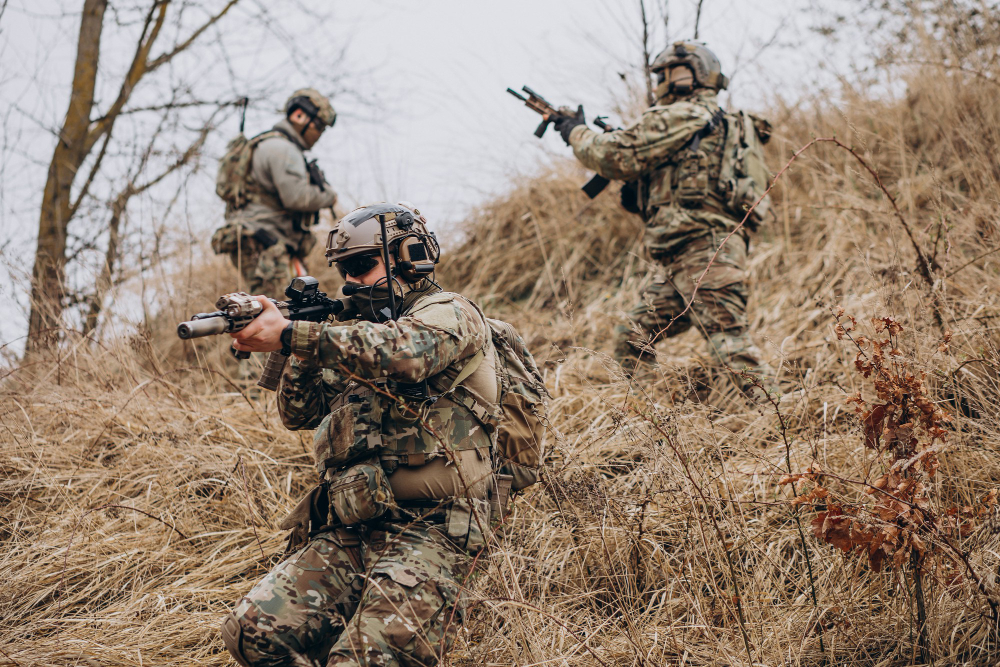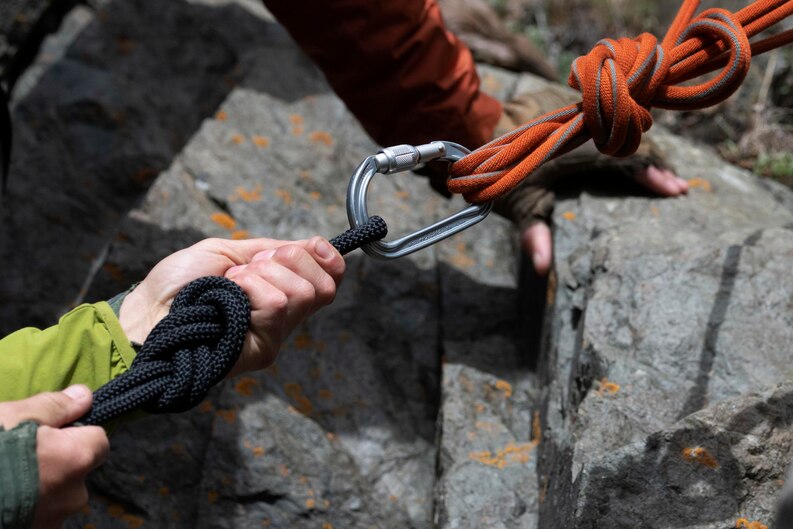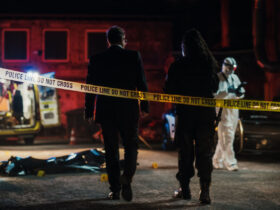The art of camouflage occupies a significant position in the field of tactics and strategy. The ability to move in stealth and conceal oneself is a powerful advantage, whether it is for personal safety, military operations, or the survival of wildlife. Through this blog post, you’ll explore several applications & techniques of being camouflaged, which is also a fascinating field.
By reading this article, you will discover strategic methods for concealment and stealth, ranging from seamlessly blending into natural environments to adapting to urban landscapes and even the digital realm. Prepare to discover the secrets of the art of camouflage and enter the realm of hidden mastery.

Understanding the Basics of Camouflage
Camouflage is a type of craftsmanship that empowers people or has a problem with mixing flawlessly into their environmental factors, making them hard to identify or perceive. Both humans and nature employ this strategy for strategic advantage and survival. Let’s look at some of the key aspects of camouflage so that we can understand its fundamentals:
- The Meaning & Definition: Colors, patterns, textures, and behaviors used to hide oneself or an object from view are all examples of camouflage. Its primary goal is to blend in with the environment, making it harder for enemies, predators, or observers to spot it.
- Examples from the Past: Examples of camouflage can be found in both military campaigns and ancient civilizations. Techniques for camouflage have developed significantly, from animals’ use of natural elements to the creation of intricate patterns in military uniforms and vehicles during World Wars I and II.

Techniques of being camouflaged vary based on the environment and purpose. Animals blend into water, rocks, or vegetation in natural settings by changing their colors and patterns to blend in. Utilizing camouflage patterns, mimicking the environment, breaking up silhouettes, and minimizing visual cues are all aspects of camouflage that are used in military and tactical situations.
Urban Camouflage & Concealment
Mastering the art of urban concealment and camouflage becomes essential for a variety of reasons in a city filled with bustling streets, crowded spaces, and constant activity. Knowing how to blend in and not be noticed is essential whether you’re navigating a crowded city or looking for personal safety. For urban concealment and camouflage, the following are important considerations:
- Blending with Urban Structures: Using urban camouflage means blending in with a city’s architecture, structures, and surroundings. Wearing a dress that matches the varieties ordinarily tracked down in metropolitan conditions, like grays, blacks, and neutrals, can help you mix in and try not to draw superfluous consideration.
- Clothing & Accessories: Picking clothing that matches the style and clothing regularly worn in the metropolitan setting can assist you with seeming subtle. Wearing outfits that are too flashy or catchy could make you stand out. To further conceal your identity or features, you might also want to think about putting on accessories like hats or sunglasses.
Keep in mind that the goal of urban concealment and camouflage is not to engage in unethical or illegal activities but rather to safely and discreetly navigate urban spaces. You can improve your safety and navigate urban environments with greater awareness and confidence by mastering these techniques.
Stealth & Concealment in Personal Security
When it comes to personal security, mastering the art of concealment and stealth can significantly increase your safety and protect you from potential threats. You can increase your chances of staying safe in a variety of situations by minimizing your presence and avoiding excessive attention. Here are key deliberations for integrating camouflage & stealth into individual security:
- Assessing the Environment: Check the environment for potential dangers and weaknesses before entering a space or engaging in an activity. Find areas where you can stay covered, escape routes, and potential hiding spots. For successful concealment and stealth, it is essential to comprehend your surroundings’ layout and potential threats.
- Blending In: To blend in with your surroundings is one of personal security stealth’s primary objectives. Avoid wearing clothing or accessories that draw attention to themselves that aren’t necessary. Consider the apparel, conduct, and social standards of the neighborhood populace, and attempt to match them as intently as possible.
Keep in mind that personal security measures like concealment and stealth are meant to be proactive and preventative. They should not be used to harm others or engage in illegal activities. You can improve your capacity to remain safe and reduce risks in a variety of situations by incorporating these methods into your personal security practices.
Equipment & Gear for Camouflage
With the right equipment, you can significantly improve your ability to effectively disguise yourself and blend in with your surroundings. When it comes to camouflage, these are some important factors to keep in mind:
- Camouflage Clothing: Buy clothing that is made to blend in with the surroundings you frequent. Search for designs that match the normal tones and surfaces of the environmental factors. Jackets, pants, hats, and gloves are a few examples of the types of clothing known as camouflage.
- Ghillie Suits: Ghillie suits are outfits made just for them and covered in loose strips or threads that look like leaves. They give great coverage in outside conditions, especially in lush or verdant regions. Hunting enthusiasts, military personnel, and wildlife photographers frequently make use of ghillie suits.

Understanding the art of camouflage is just as important as having the right gear. You should be able to blend into your surroundings and achieve effective concealment using the gear that complements your skills and knowledge of camouflage principles.
Wrapping It Work
This article explores the techniques and applications of camouflage in various contexts. The article delves into the basics of camouflage, including its definition, historical examples, and the science behind it. It then explores urban camouflage and concealment, discussing strategies for blending with urban structures and using appropriate clothing and accessories.
In addition, the article also highlights the importance of stealth and concealment in personal security, emphasizing the need to assess the environment, blend in with surroundings, and incorporate camouflage techniques.




















